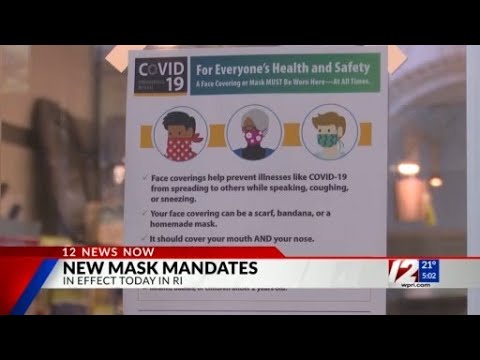Introduction to Cost of Living in Rhode Island
Rhode Island, known as the Ocean State, offers residents a unique combination of coastal beauty, historical charm, and a vibrant city life. However, before deciding to relocate to this picturesque state, it is crucial to understand the cost of living. From housing expenses to transportation costs, this article will provide an in-depth analysis of the various factors that contribute to the overall cost of living in Rhode Island.
Housing Expenses in Rhode Island
Housing expenses in Rhode Island are often considered higher than the national average. The median home price in the state is around $300,000, which is significantly higher than the national median. Renting, on the other hand, can be more affordable, with the average monthly rent for a one-bedroom apartment in Providence being around $1,200. However, prices vary depending on the location. In popular areas like Newport or Narragansett, housing costs can be even higher.
Transportation Costs in the Ocean State
Transportation costs in Rhode Island can be quite significant. The state’s small size means that many residents rely on personal vehicles for commuting. Gas prices in Rhode Island tend to be above the national average, which can impact monthly expenses. Additionally, the cost of car insurance is higher than the U.S. average. Public transportation options, such as buses and trains, are available but may not be as extensive or convenient as in larger cities.
Food Prices and Grocery Budget in Rhode Island
When it comes to food prices, Rhode Island aligns closely with the national average. A typical grocery budget for a family of four can range from $700 to $900 per month. However, dining out in Rhode Island can be more costly than in other states, with restaurant meals often being higher than the national average. It is worth noting that prices may vary based on location and the type of establishment.
Health Care Expenses in the State
Rhode Island ranks among the states with higher health care costs. Insurance premiums and the cost of medical procedures tend to be more expensive compared to the national average. However, the state offers a wide range of quality health care facilities and services, which may offset the higher costs for some residents. It is crucial to consider health care expenses when planning for the overall cost of living in Rhode Island.
Utility Costs in Rhode Island
Utility costs in Rhode Island can vary depending on factors such as the size of the dwelling and the specific location. On average, residents can expect to pay around $150 to $200 per month for electricity, heating, cooling, and water. However, it is important to note that these costs can fluctuate based on individual consumption patterns and the energy efficiency of the dwelling.
Education Costs in the Ocean State
Rhode Island offers a range of educational opportunities, from public schools to private institutions of higher learning. The cost of education in Rhode Island is higher than the national average, particularly for private universities and colleges. Public colleges and universities in the state also have tuition fees that may exceed the national average. However, financial aid and scholarship opportunities are available to help alleviate the burden of education costs.
Taxes and Financial Impact in Rhode Island
Rhode Island has a moderate tax burden compared to other states. The state income tax ranges from 3.75% to 5.99%, depending on income brackets. Property taxes are also comparatively high, with an average effective rate of 1.53%. Sales tax stands at 7%, slightly above the national average. While taxes can impact the overall cost of living, it is important to consider the state’s financial resources and services when evaluating the tax burden.
Entertainment and Recreation Expenses in the State
Rhode Island offers a wide range of entertainment and recreational activities. However, engaging in these activities can contribute to the overall cost of living. Movie tickets, concerts, and other forms of entertainment often come with a higher price tag, similar to larger metropolitan areas. Outdoor activities such as beach visits, hiking, and exploring historical sites can be more affordable options for residents to enjoy.
Average Cost of Goods and Services in Rhode Island
When considering the average cost of goods and services, Rhode Island is generally on par with the national average. Grocery prices, retail goods, and personal services are comparable to other states. It is worth noting that the cost of living may vary depending on the specific location within Rhode Island, as certain areas may have higher prices due to local demand or exclusivity.
Comparison: Rhode Island vs. National Cost of Living
Rhode Island’s cost of living is generally higher than the national average. While certain expenses, such as housing and health care, may be more costly, other aspects, such as food prices and utility costs, align closely with the national average. It is important for individuals and families considering a move to Rhode Island to carefully evaluate their budget and financial resources to ensure they can comfortably manage the higher cost of living.
Tips to Manage and Reduce Living Costs in Rhode Island
To manage and reduce living costs in Rhode Island, several strategies can be implemented. Firstly, seeking housing in less expensive areas or considering roommates can help alleviate the burden of housing expenses. Utilizing public transportation or carpooling can reduce transportation costs. Budgeting wisely for groceries, dining out, and entertainment can also contribute to cost savings. Additionally, exploring available tax deductions and exemptions, as well as researching financial aid options for education costs, can help individuals and families make the most of their resources and manage the cost of living in Rhode Island.




